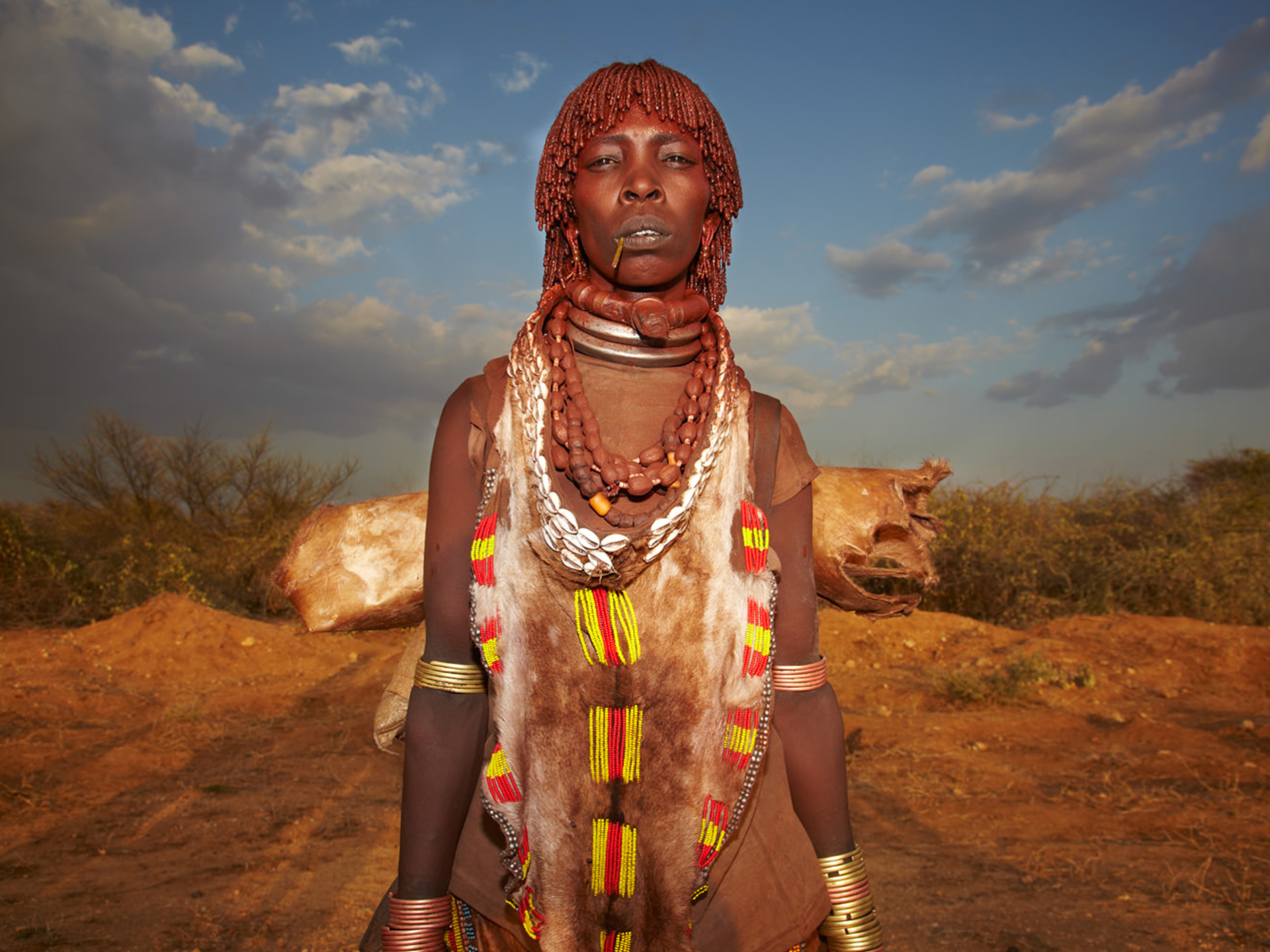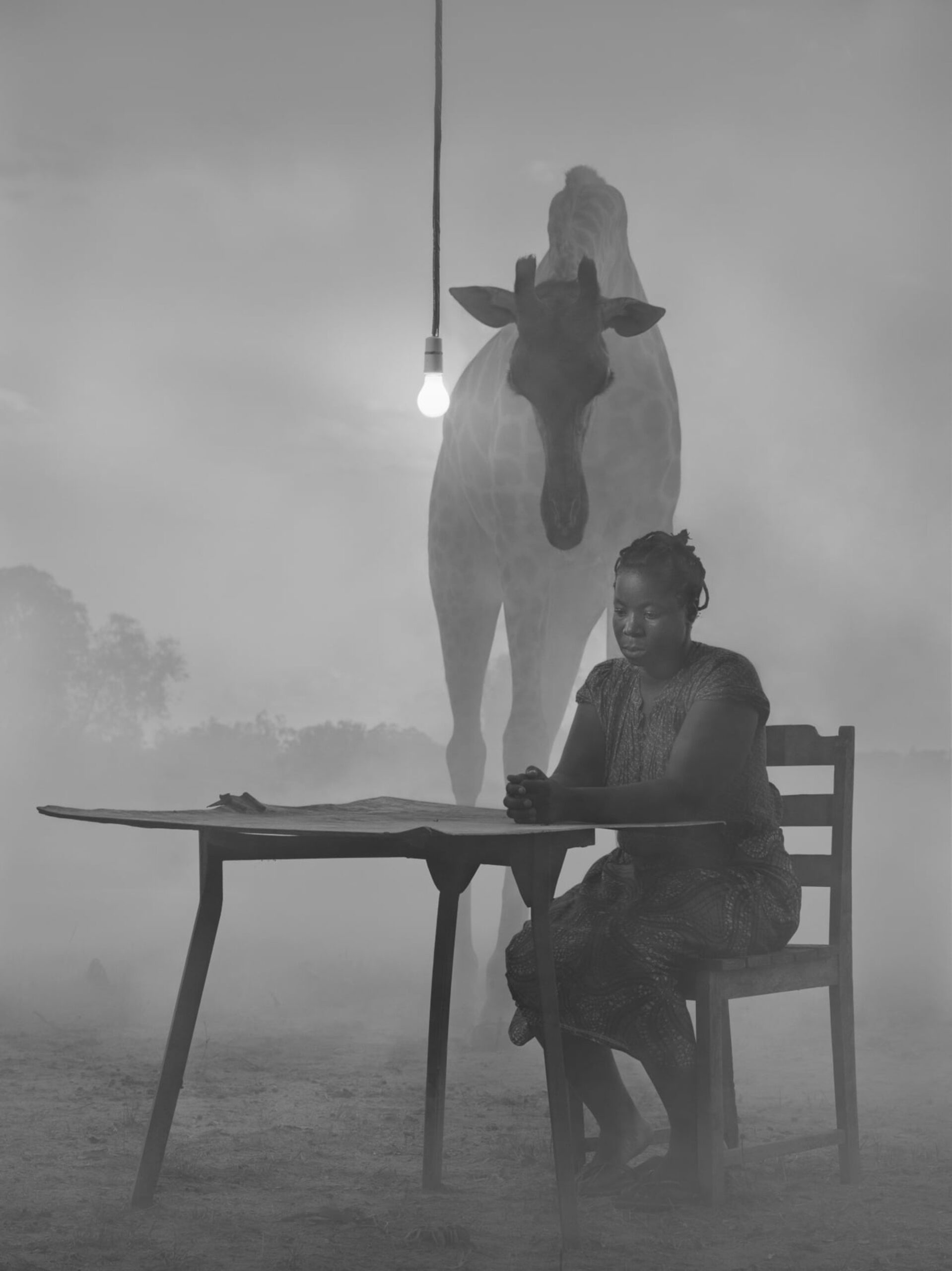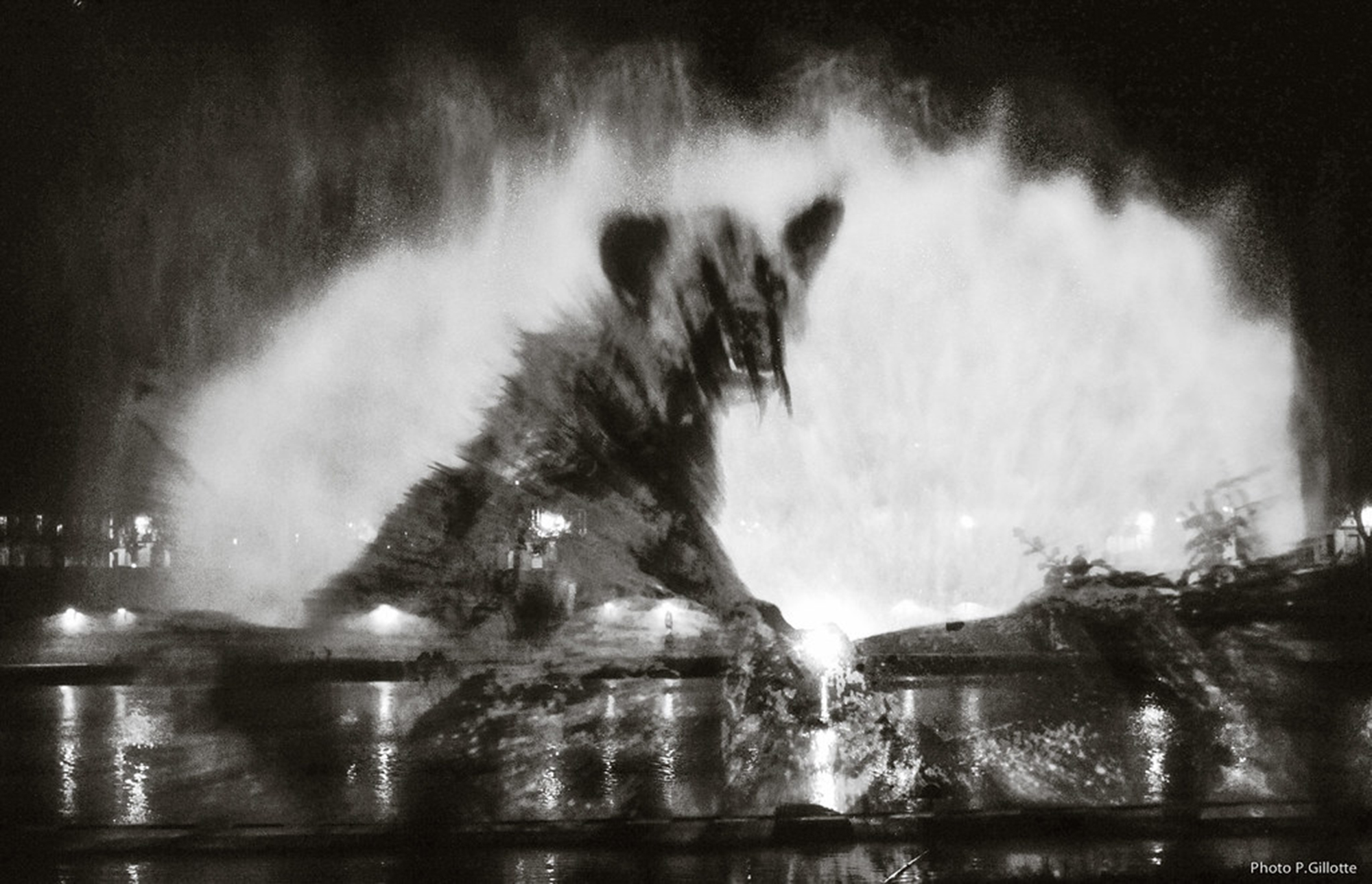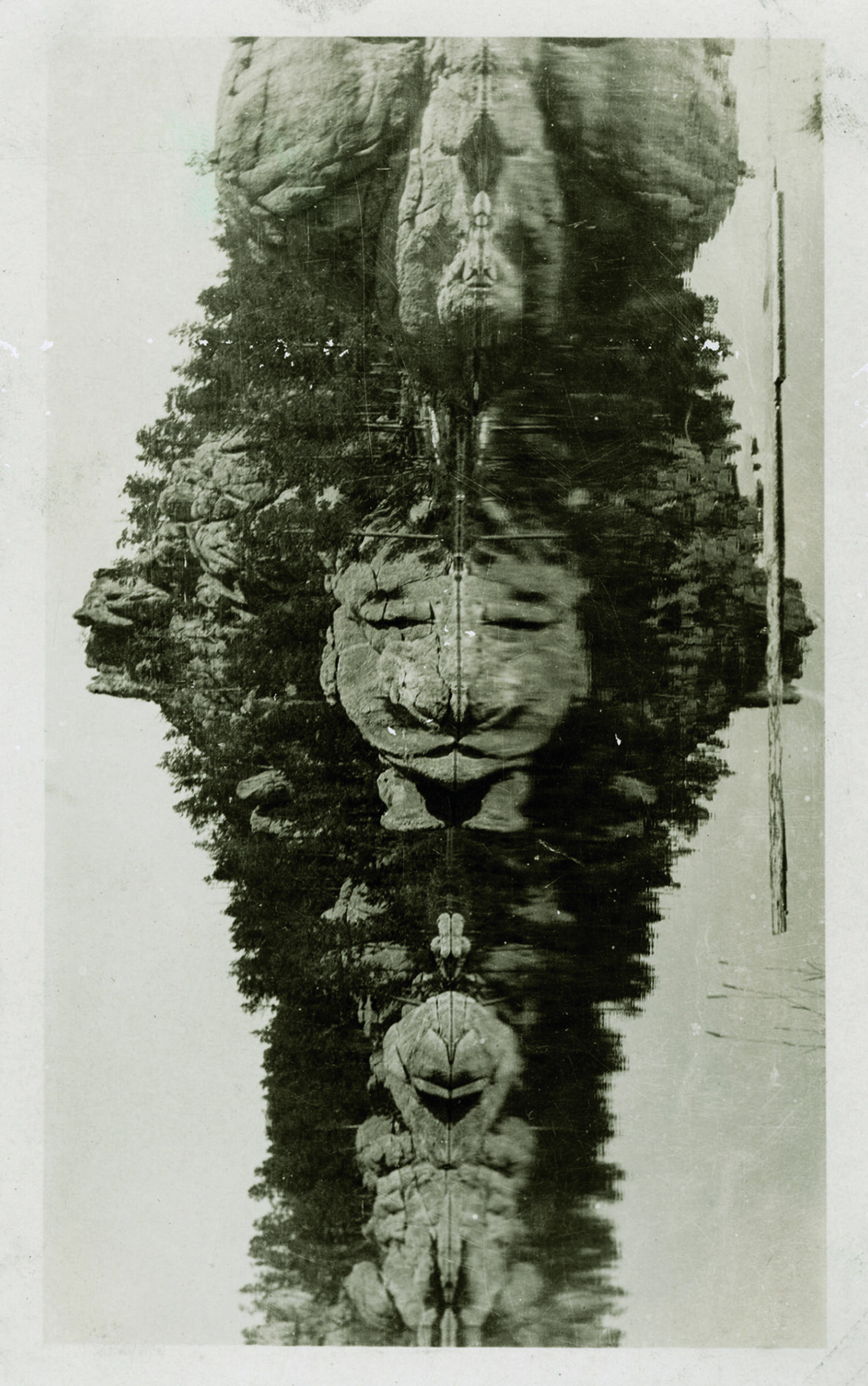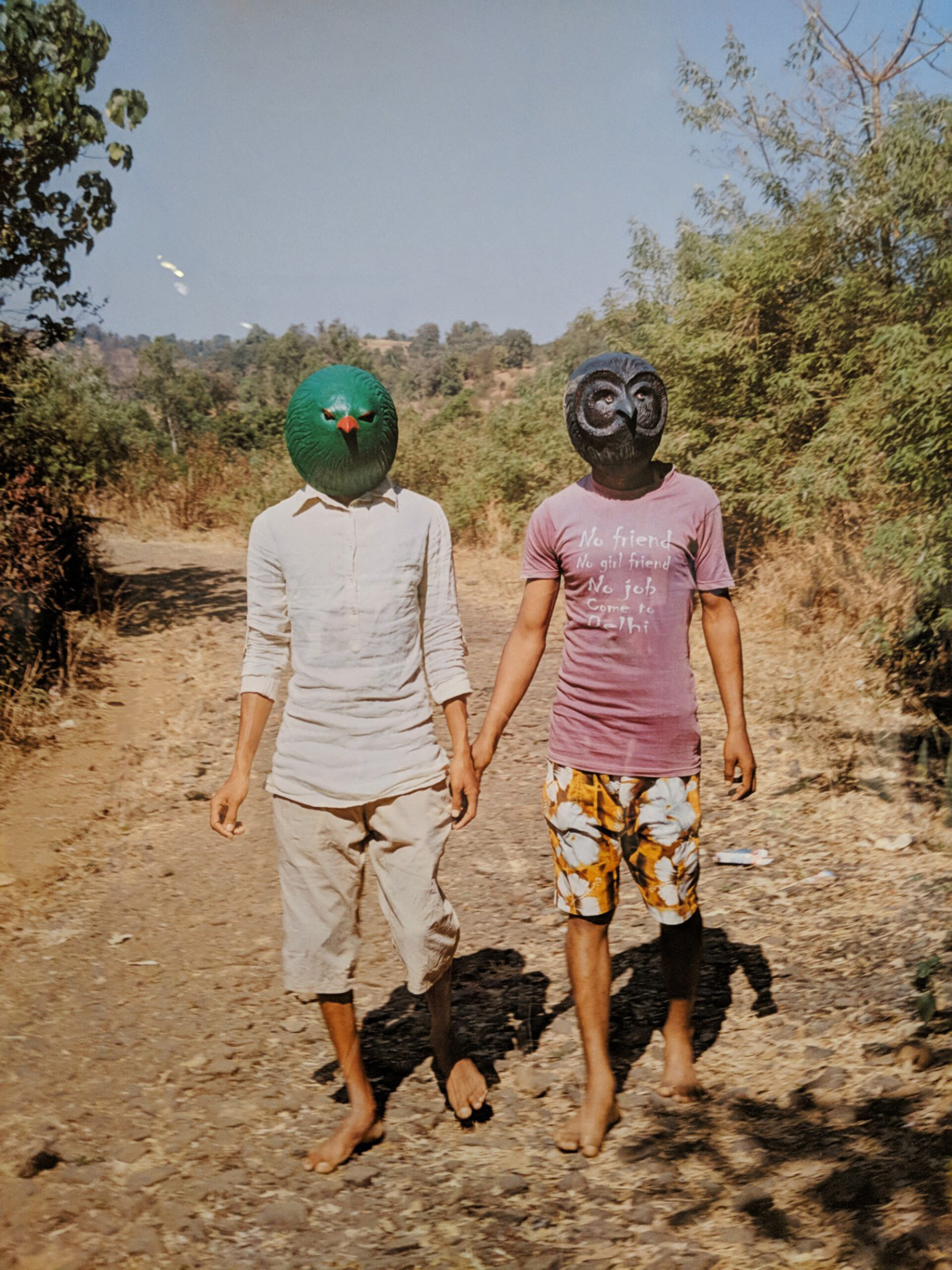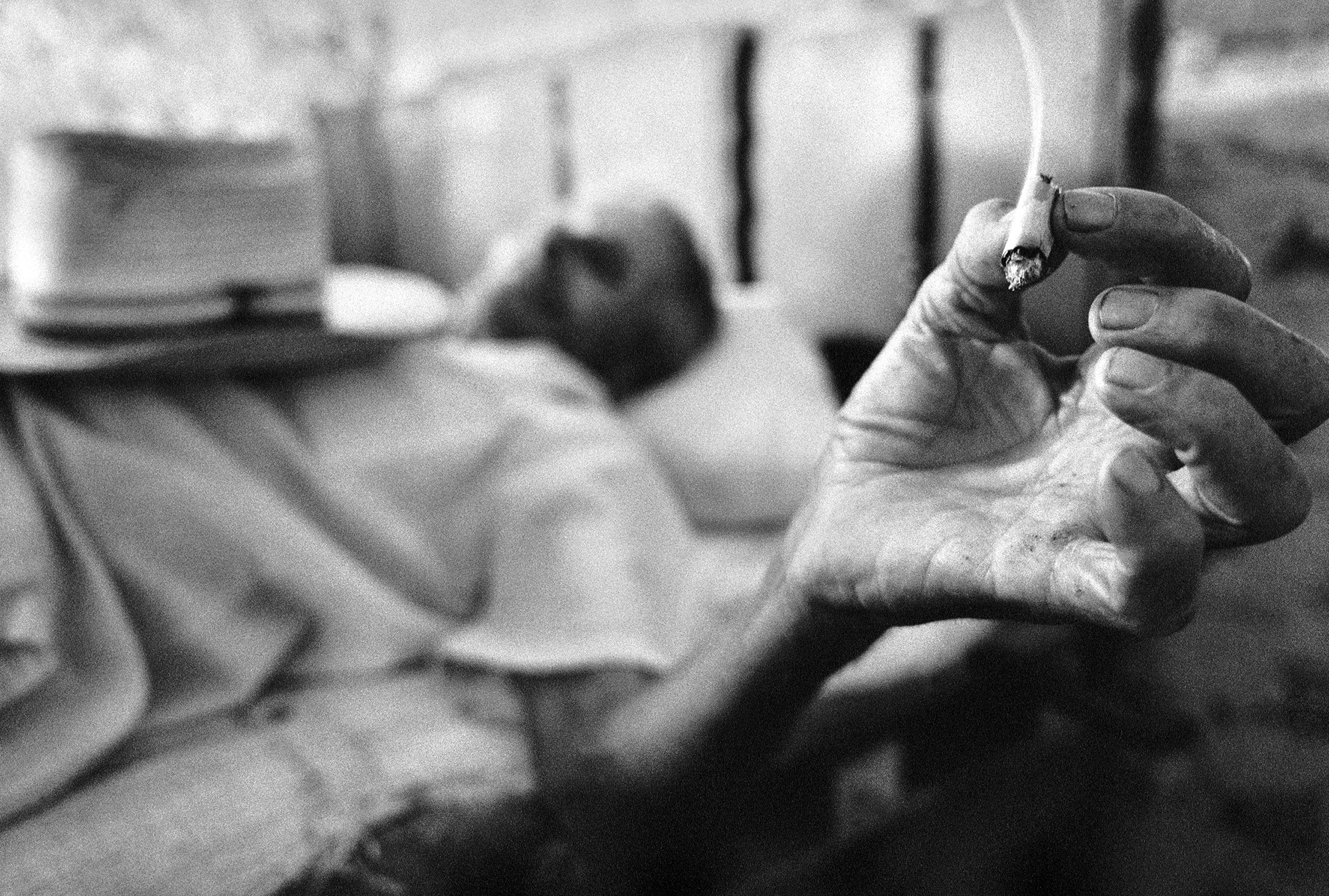Image of the Day
Specially curated
365 Days, 365 Images
of National/International
Photographers
An Image a Day
Let us engage with this
Fascinating Medium that
Breaks all boundaries
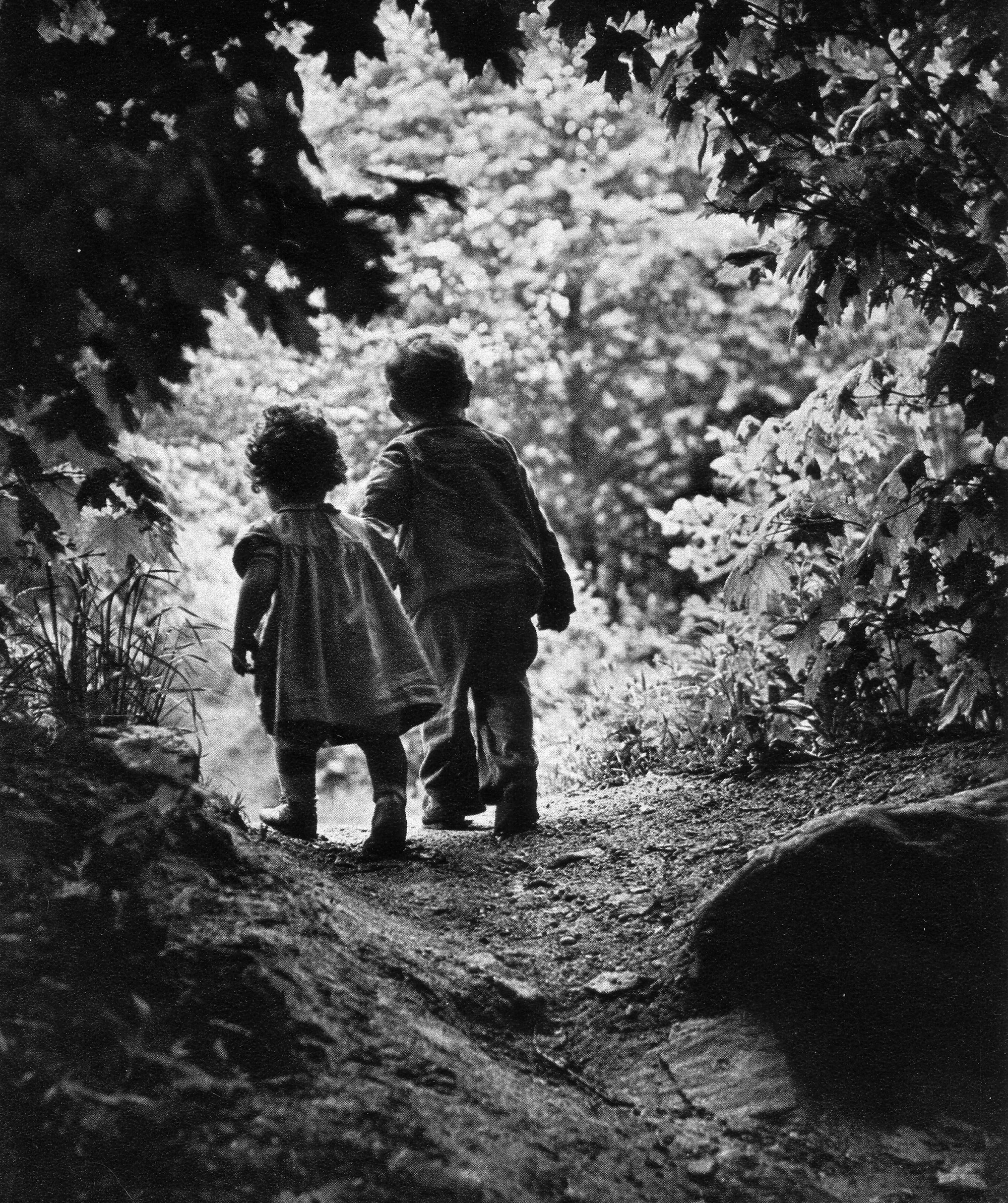
A Walk To The Paradise Garden © W. Eugene Smith 1946 | Image source internet
W. Eugene Smith
Photography is a small voice, at best, but sometimes one photograph, or a group of them, can lure our sense of awareness.
– W. Eugene Smith
Eugene Smith, (1918 – 1978) is an American photojournalist noted for his compelling photo-essays, which were characterized by a strong sense of empathy and social conscience. At age 14 Smith began to use photography to aid his aeronautical studies, and within a year he had become a photographer for two local newspapers. He left college after one year to go to New York City. In 1942 Smith became a war correspondent for Life magazine and covered many of the most important battles of the Pacific, including Tarawa, Saipan, Guam, and Iwo Jima. He once said that he saw his photographs of World War II not strictly as a vehicle through which to convey news events but also as “a powerful emotional catalyst” that would help expose the tragedies of war and prevent them from occurring again. He was critically wounded while covering the invasion of Okinawa in 1945. During the next two years, he underwent 32 operations. In 1947, toward the end of his painful convalescence, he took his first photograph since his injury. Entitled The Walk to Paradise Garden, this view of his own children entering a forest clearing became one of his most famous photographs. It concluded the landmark photographic exhibition “The Family of Man,” which Edward Steichen organized for the Museum of Modern Art in New York in 1955.
Smith returned to work for Life in 1947 and became president of the Photo League in 1949. During this period he began a series of outstanding photo essays, including the psychologically penetrating Country Doctor (1948). Another series, Spanish Village (1951), contains many of his most memorable prints. Smith lived in the village on and off for many months, and the understanding and empathy he gained are apparent in his photographs of the villagers’ daily struggle to draw life from exhausted soil. Other important photo essays include Nurse Midwife (1951) and Man of Mercy (1954), which portray two people, a backwoods midwife, and Dr. Albert Schweitzer, respectively, dedicated to easing the suffering of others.
Smith’s high sense of moral and artistic purpose began to prove incompatible with the demands of a major, popular magazine, and so he left Life in 1955 to pursue freelance work. In 1956 he began an ambitious photo essay on the city of Pittsburgh. Almost simultaneously, he began a series of photographs of New York street scenes taken from the window of his loft on Sixth Avenue. Part of the series was published in Life in 1958 under the title “Drama Beneath a City Window.” A book of his photographs, Japan—Chapter of Image, was published in 1963.
Smith’s last great photo essay, Minamata (1975), deals with the residents of a Japanese fishing village who suffered poisoning and gross disfigurement from the mercury wastes of a nearby chemical company. While photographing this project he was severely beaten by several local factory workers who were opposed to the revelations that his camera exposed. An extensive collection of his work was acquired by the Center for Creative Photography at the University of Arizona in 1976.
The Walk to Paradise Garden became one of the best-known photographs of the century. It also has an interesting story. During World War II, he became known to the troops as “Wonderful” Smith because of his apparent fearlessness during a string of harrowing Pacific island invasions. He always wanted to be in front of the first soldier in combat. During the initial assault on Okinawa in April 1945, a Japanese shell fragment tore through his cheek and mouth. Smith would not pick up a camera again until 1947, and toward the end of his painful convalescence, he took this photograph of two children near his home. It brought fame to Smith and it concluded the landmark photographic exhibition “The Family of Man,” which Edward Steichen organized for the Museum of Modern Art in New York in 1955.
Published on February 8, 2021
See All Image of the Day | 365 days, 365 images
Share
Related Posts
Ethiopia Project | David Goldman
David Goldman is an American photographer. A 1998 graduate of the University of Rhode Island with a bachelor’s degree in journalism and a minor in Spanish, Goldman’s first job was as a staff photographer at the weekly North County Independent newspaper, in Rhode Island.
Kuda et Sky II | Nick Brandt, Kenya 2020
Nick Brandt (born 1964) is an English photographer. The themes in Nick Brandt’s photographic series always relate to the destructive impact that humankind is having on both the natural world and now humans themselves too.
Untitled Michel Vanden Eeckhoudt Photography
Michel Vanden Eeckhoudt (1947-2015) was a Belgian photographer. He co-founded Agence VU’ with Christian Caujolle in 1986. He is represented by the Gallery Camera Obscura in Paris. Belonging to the tradition of reportage and the “decisive moment”, his works have been widely published. His personal works include Belgian competitions and Immigrants in his country.
Untitled | Jean-Marie Donat
Jean-Marie Donat (born in 1962) lives and works in Paris where he runs the independent creative editorial agency AllRight. For over 35 years he has been gathering a vast photographic collection of vernacular photographs focused on delivering a singular reading of the 20th century.
Acts of Appearance | Gauri Gill, 2015
Gauri Gill (born 1970) is an Indian photographer who lives in New Delhi. Gill earned a BFA (Applied Art) from the College of Art, New Delhi; BFA (Photography) from Parsons School of Design/The New School, New York and MFA (Art) from Stanford University, California.
Cuba by Raúl Cañibano
Raúl Cañibano Ercilla is based in Havana. He was born in 1961. One of the younger generation of photographers born after the Revolution, his work focuses on people, everyday life, history and socialism. He has exhibited world-wide and won a major prize in Cuba for a project on the life of rural workers.


